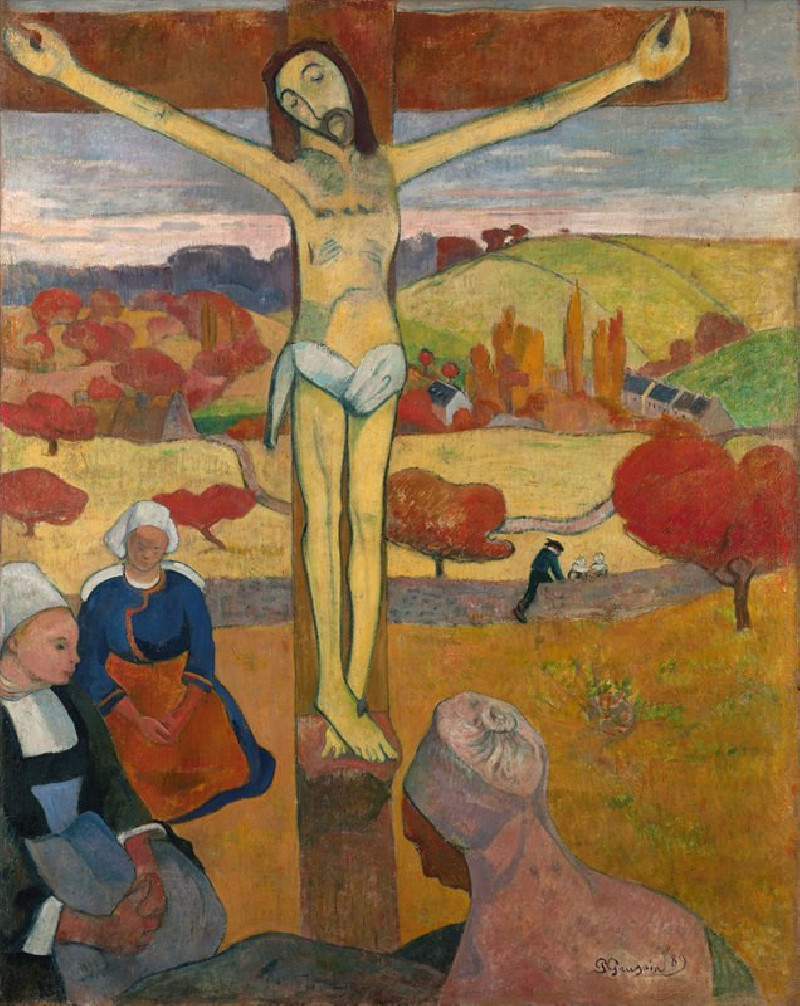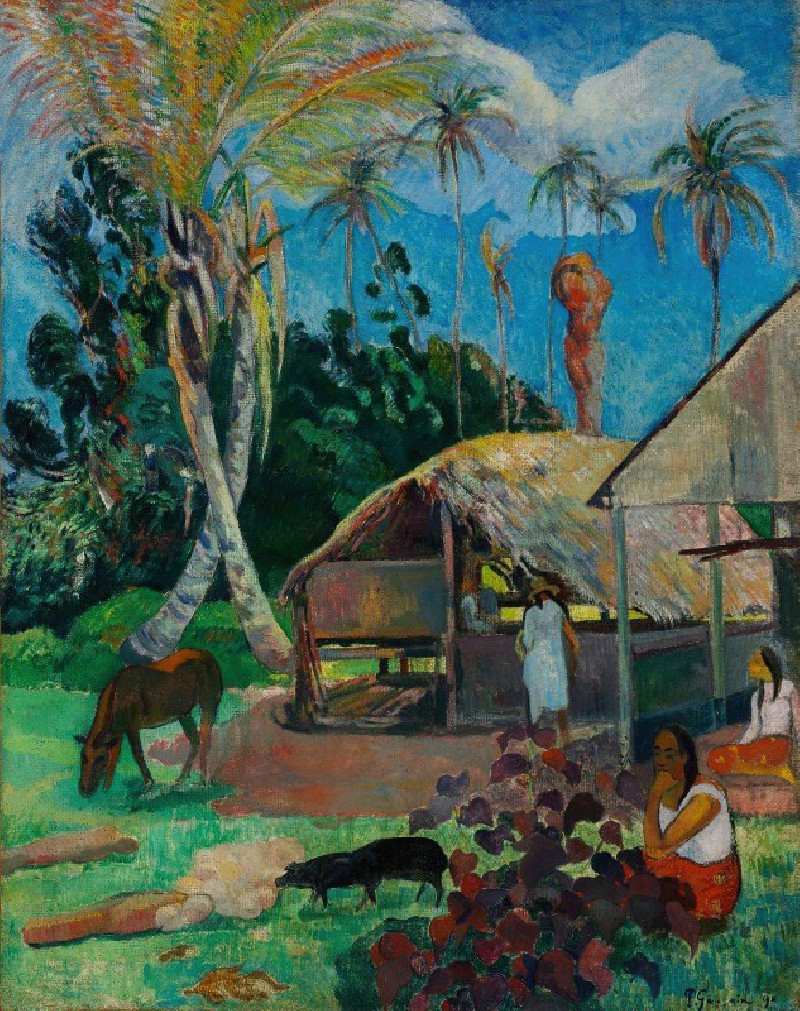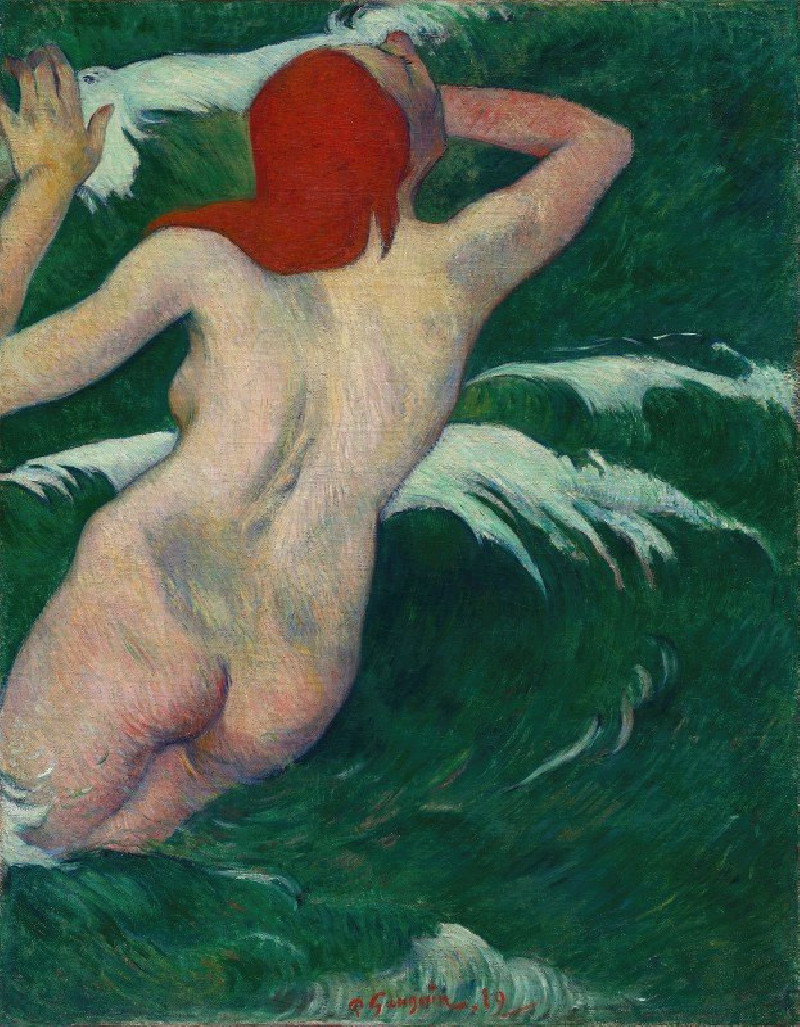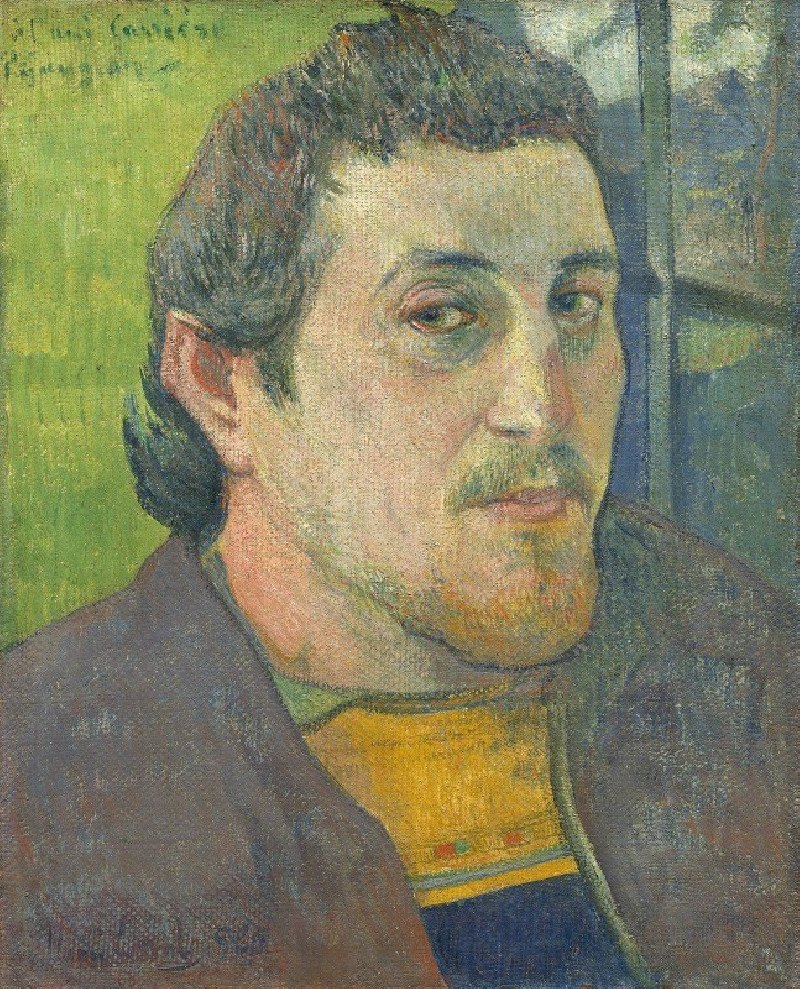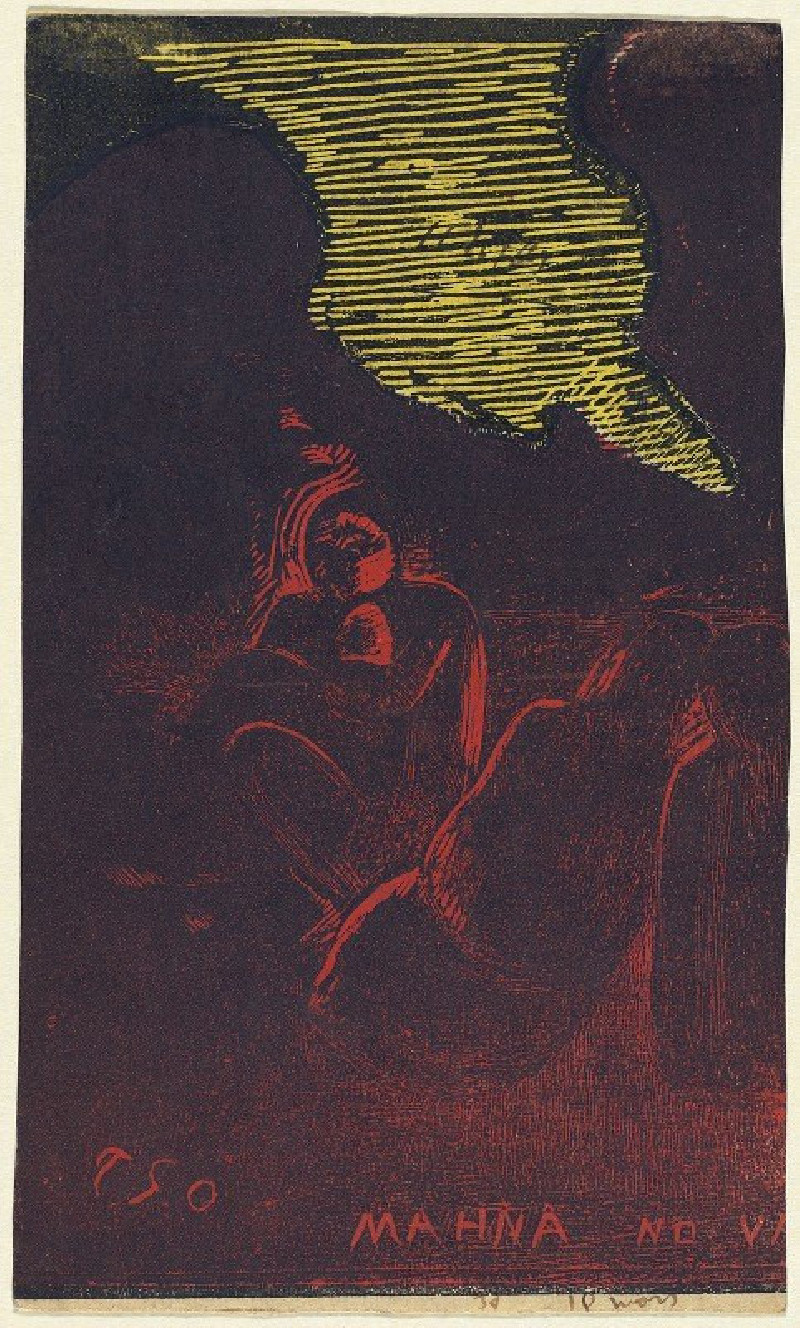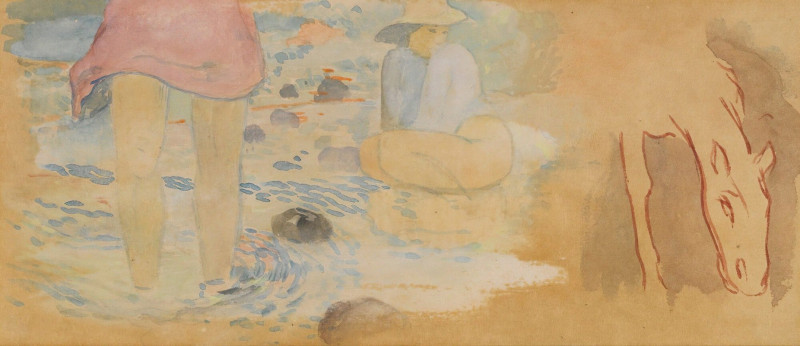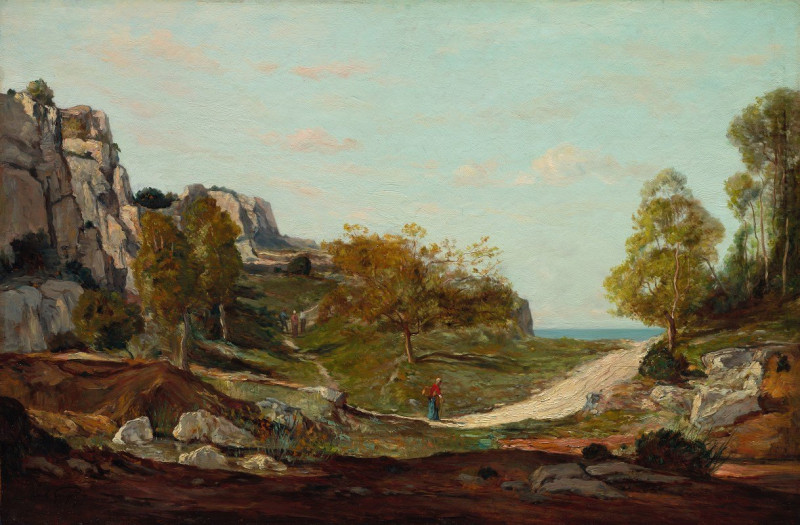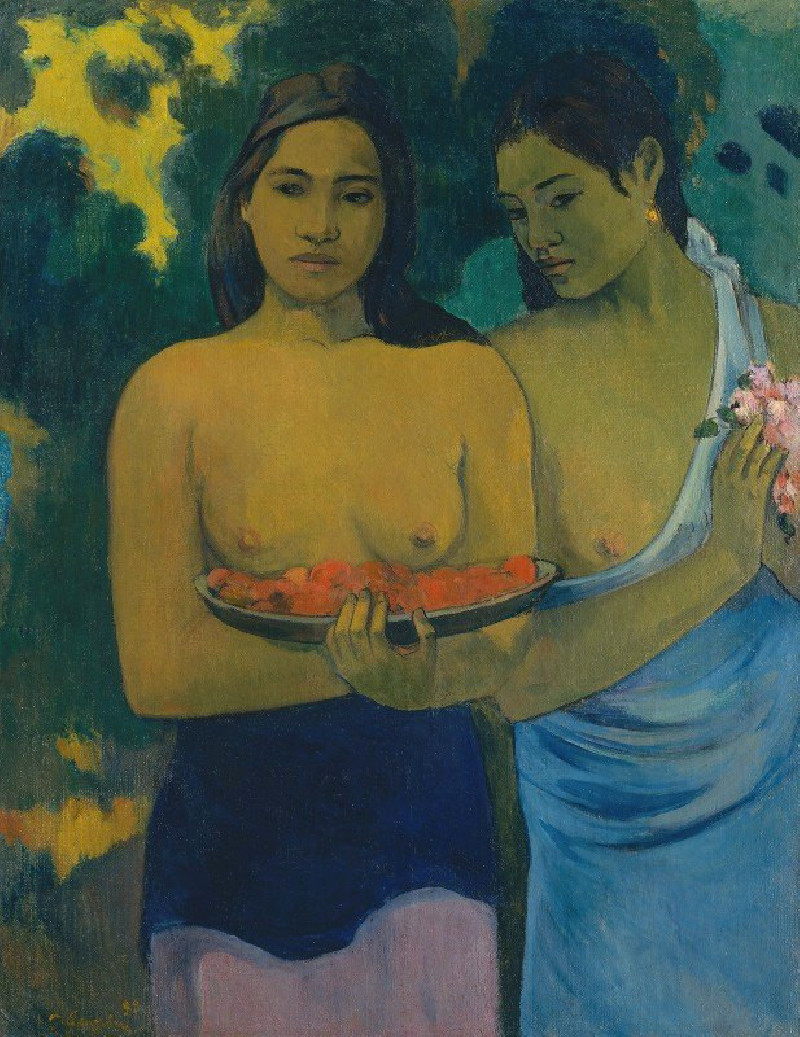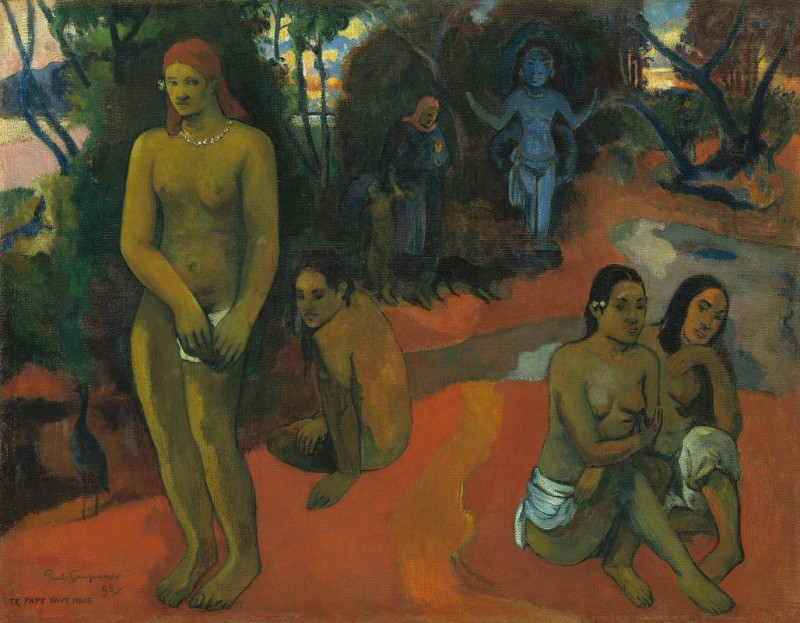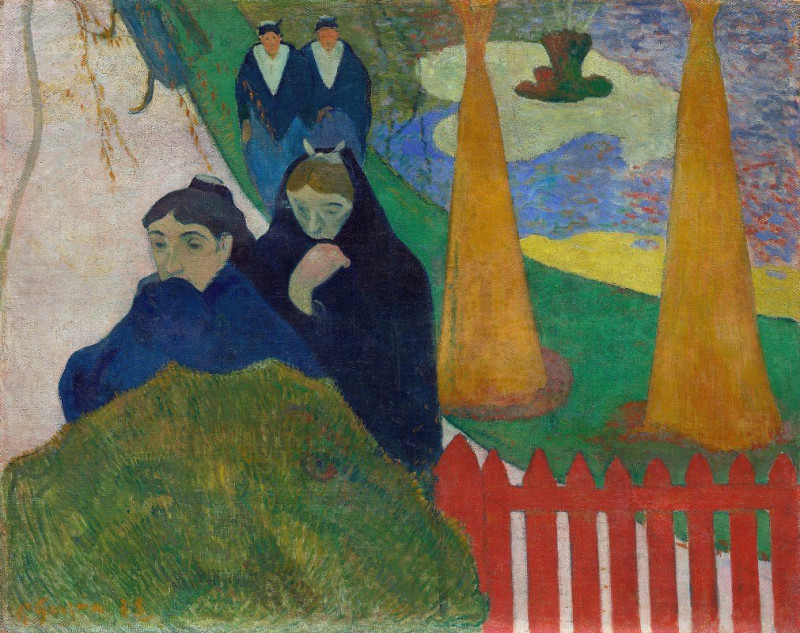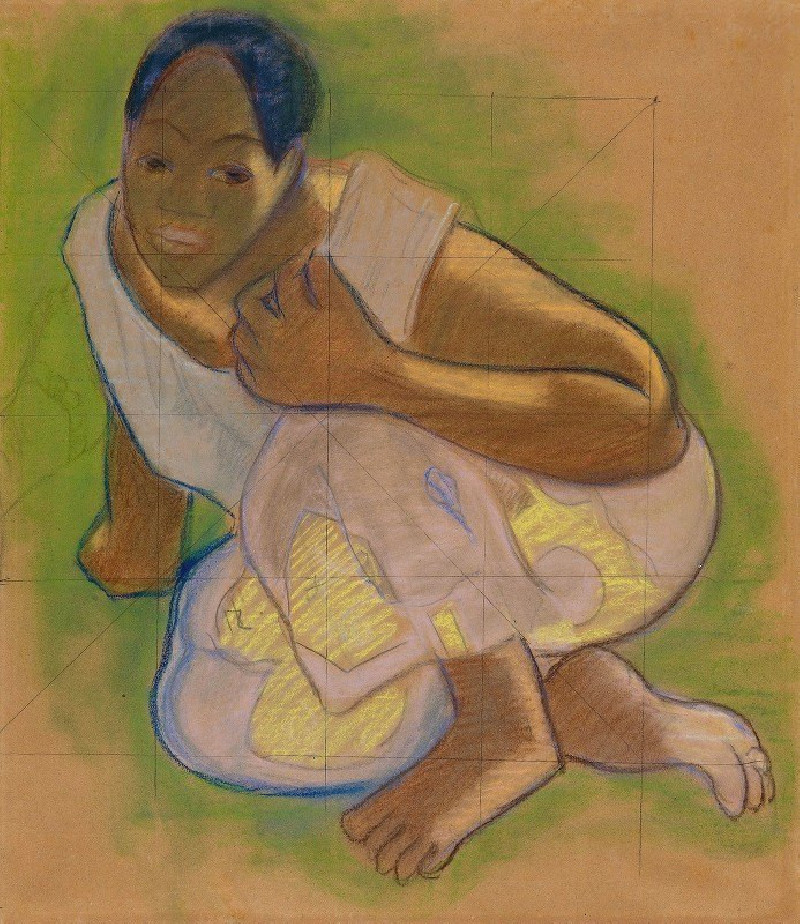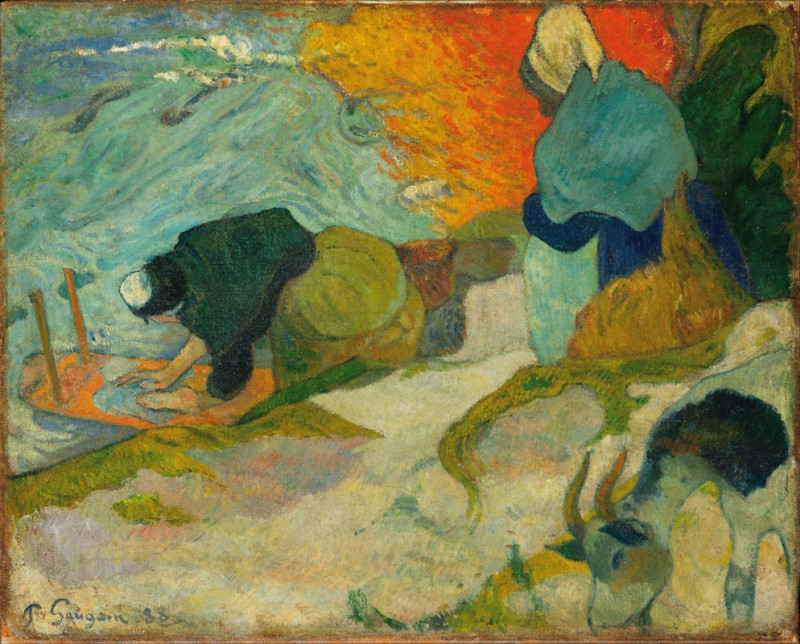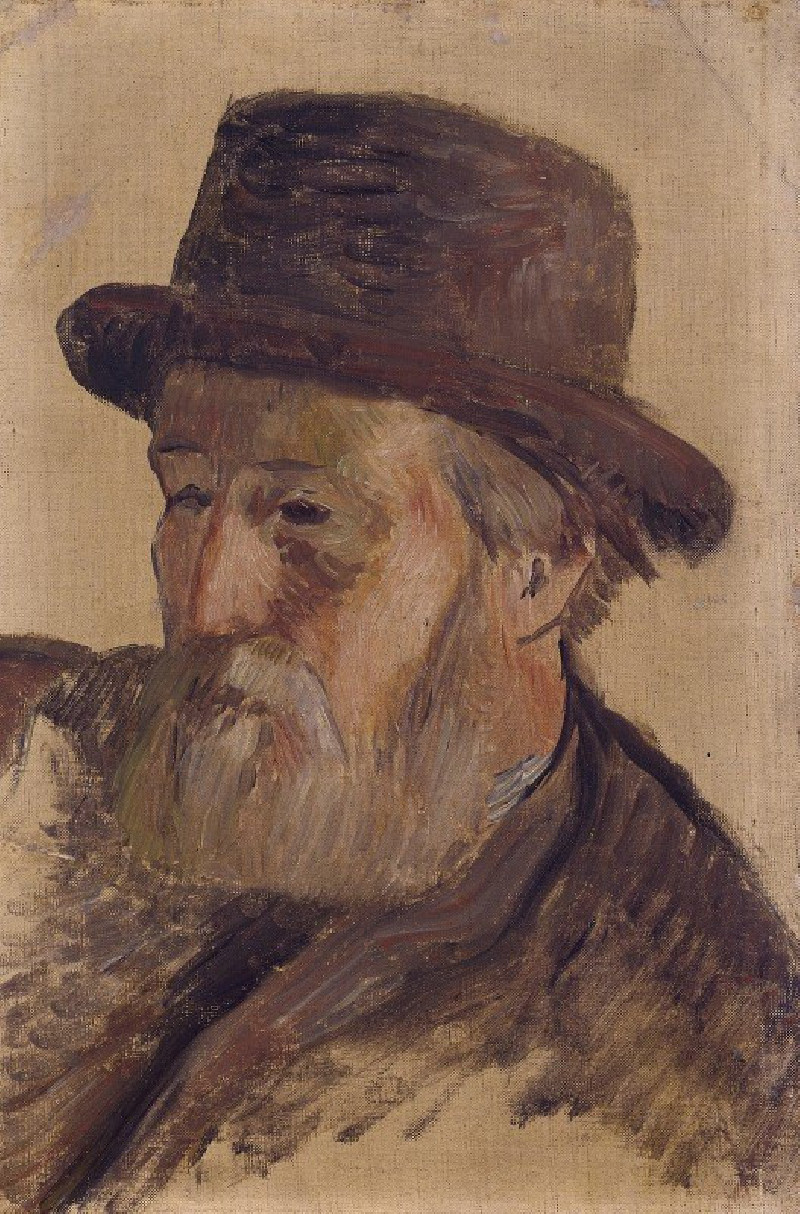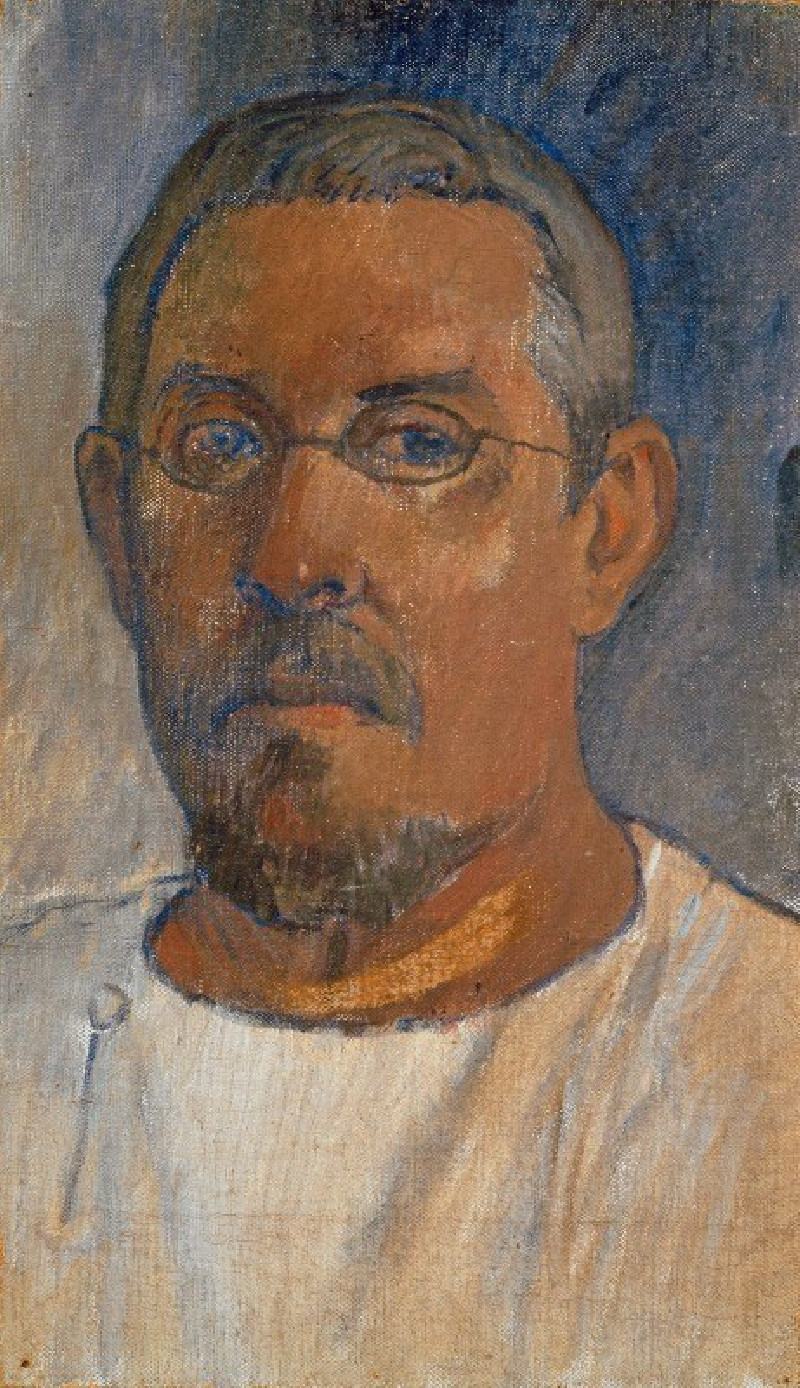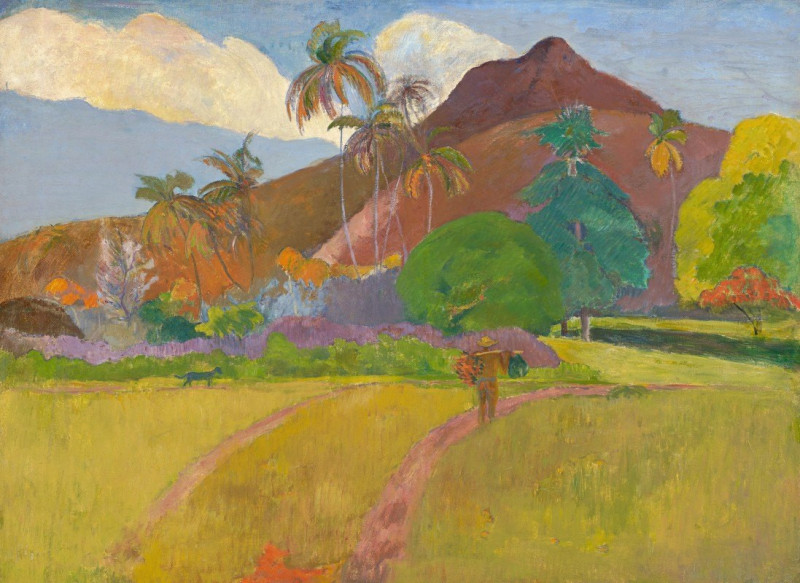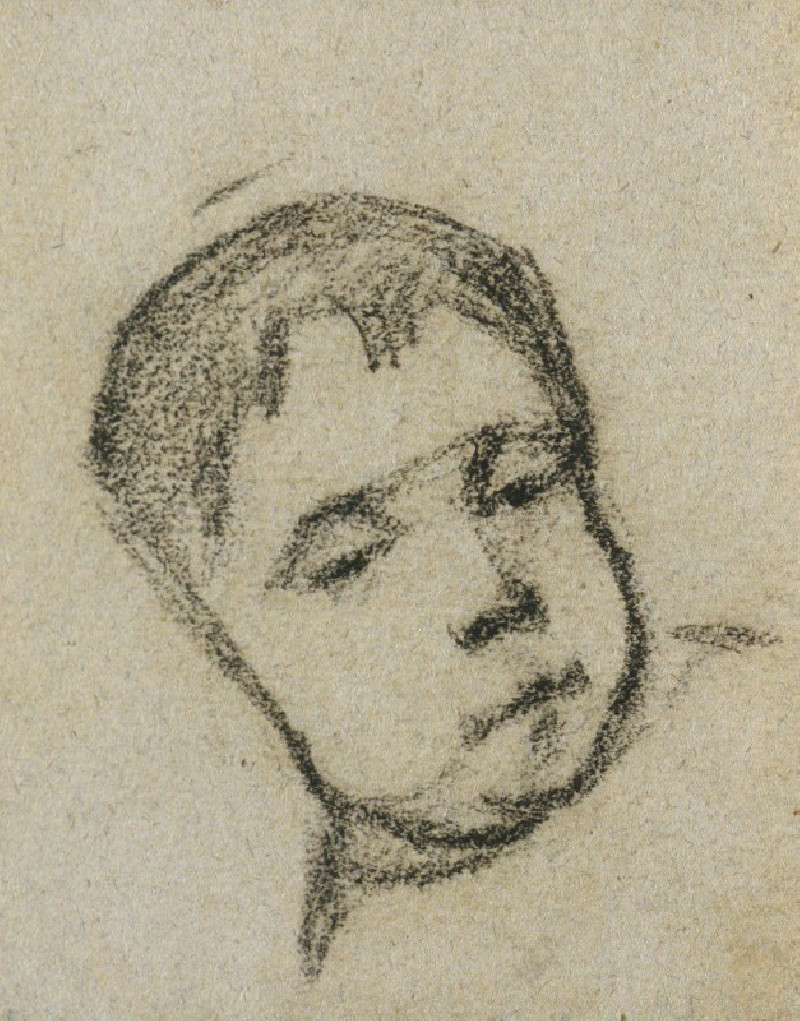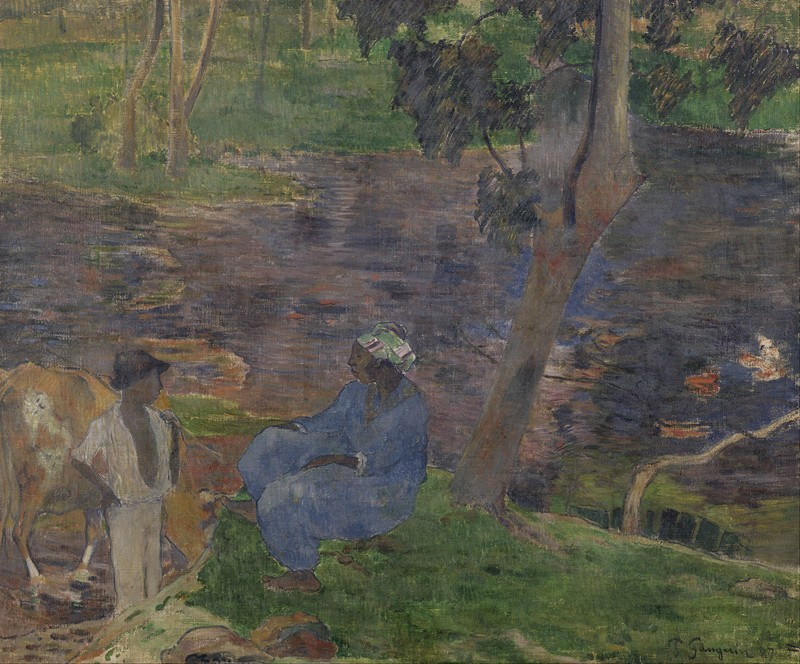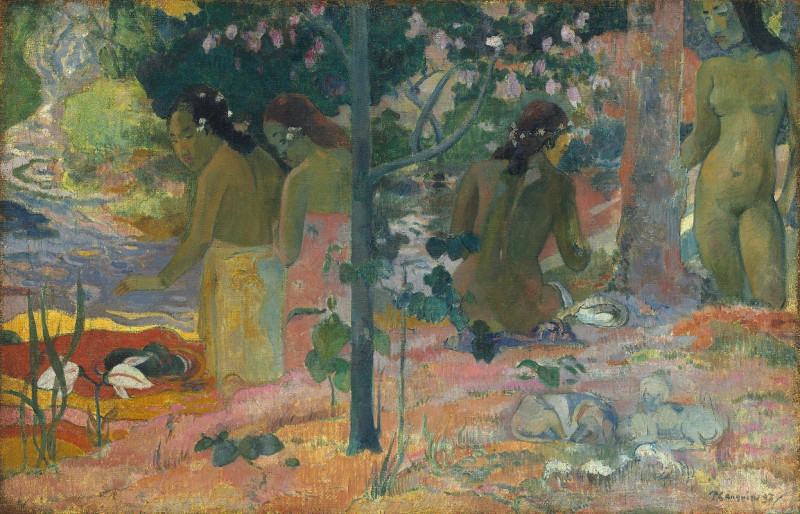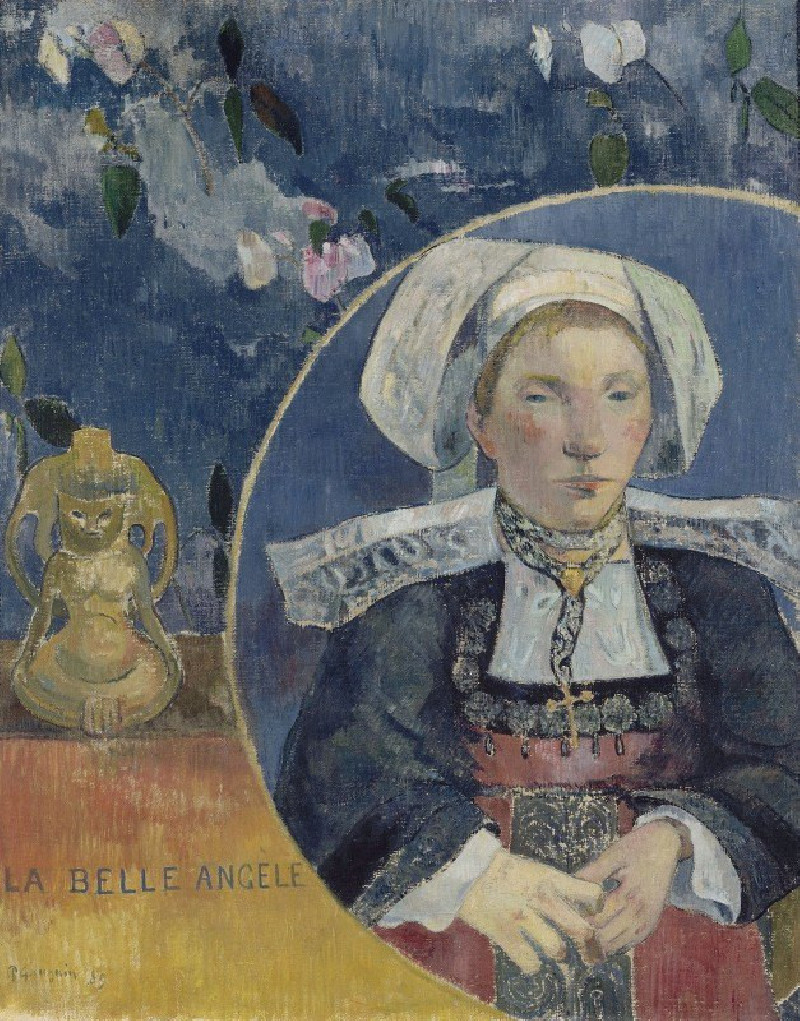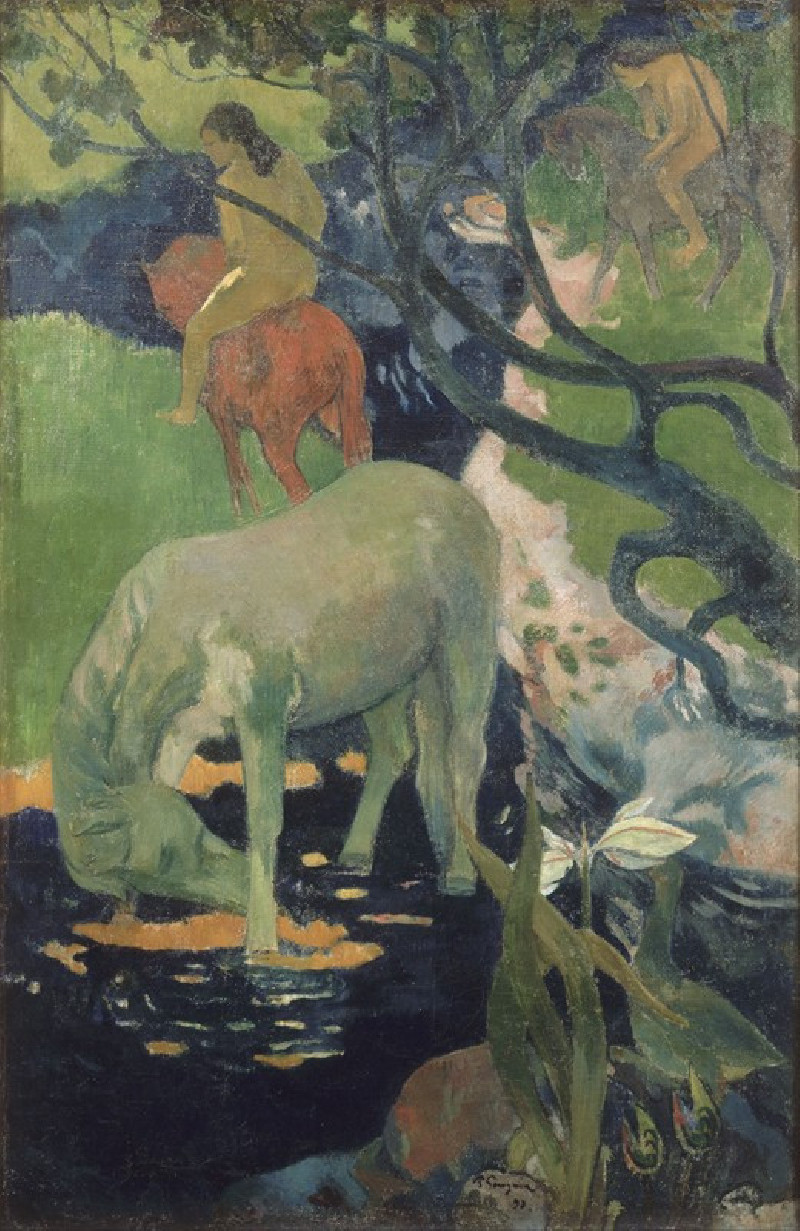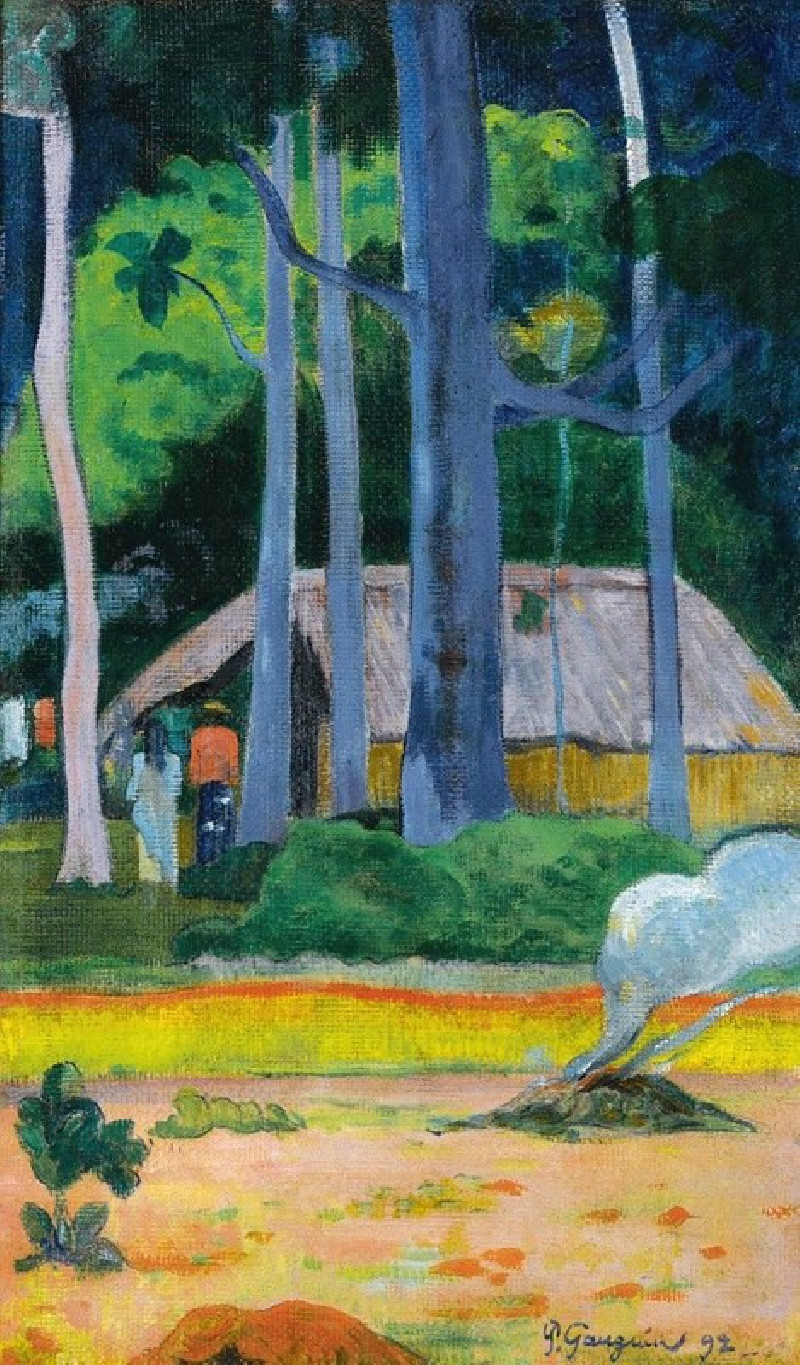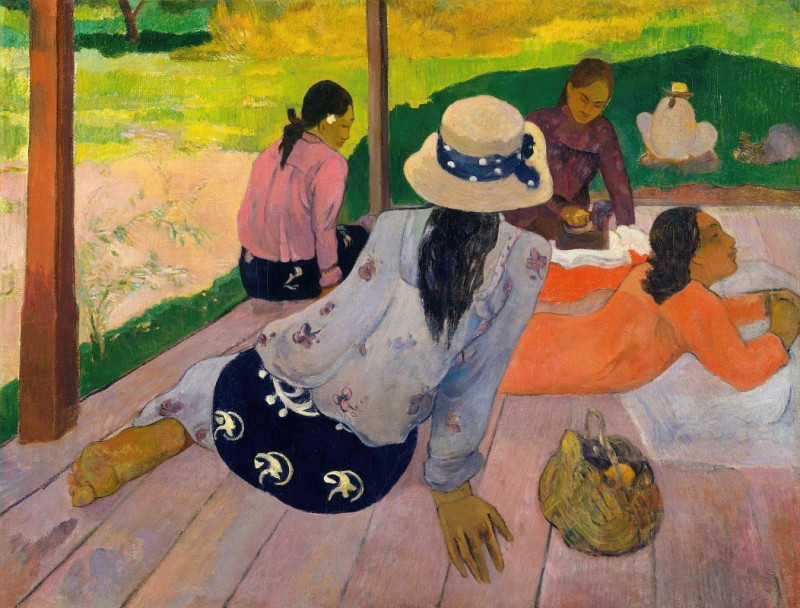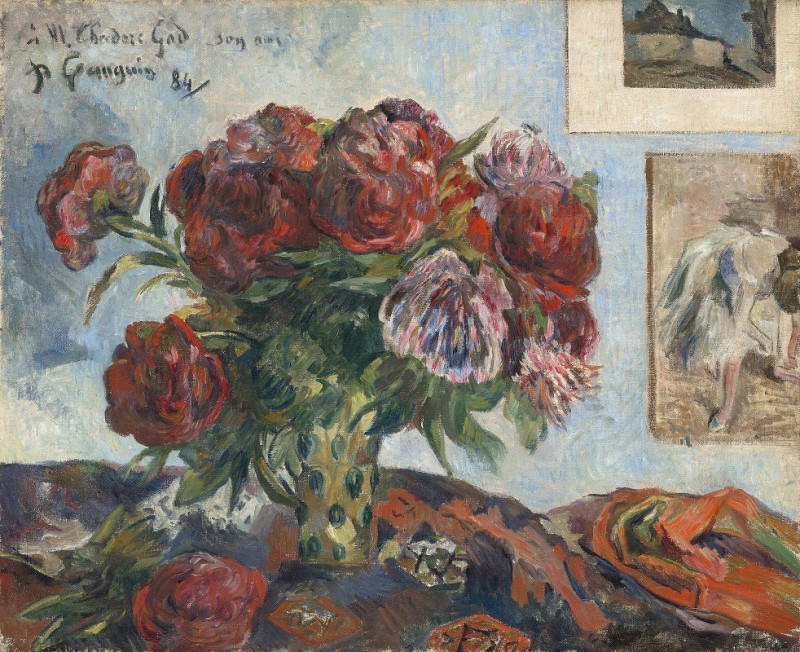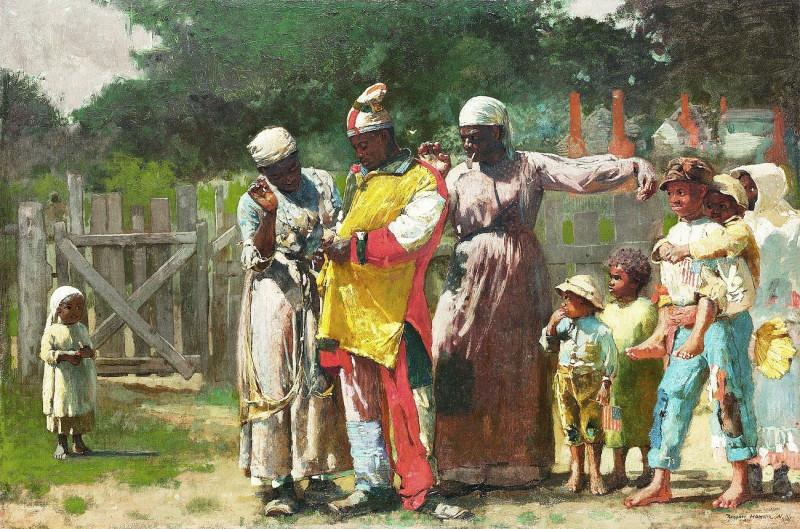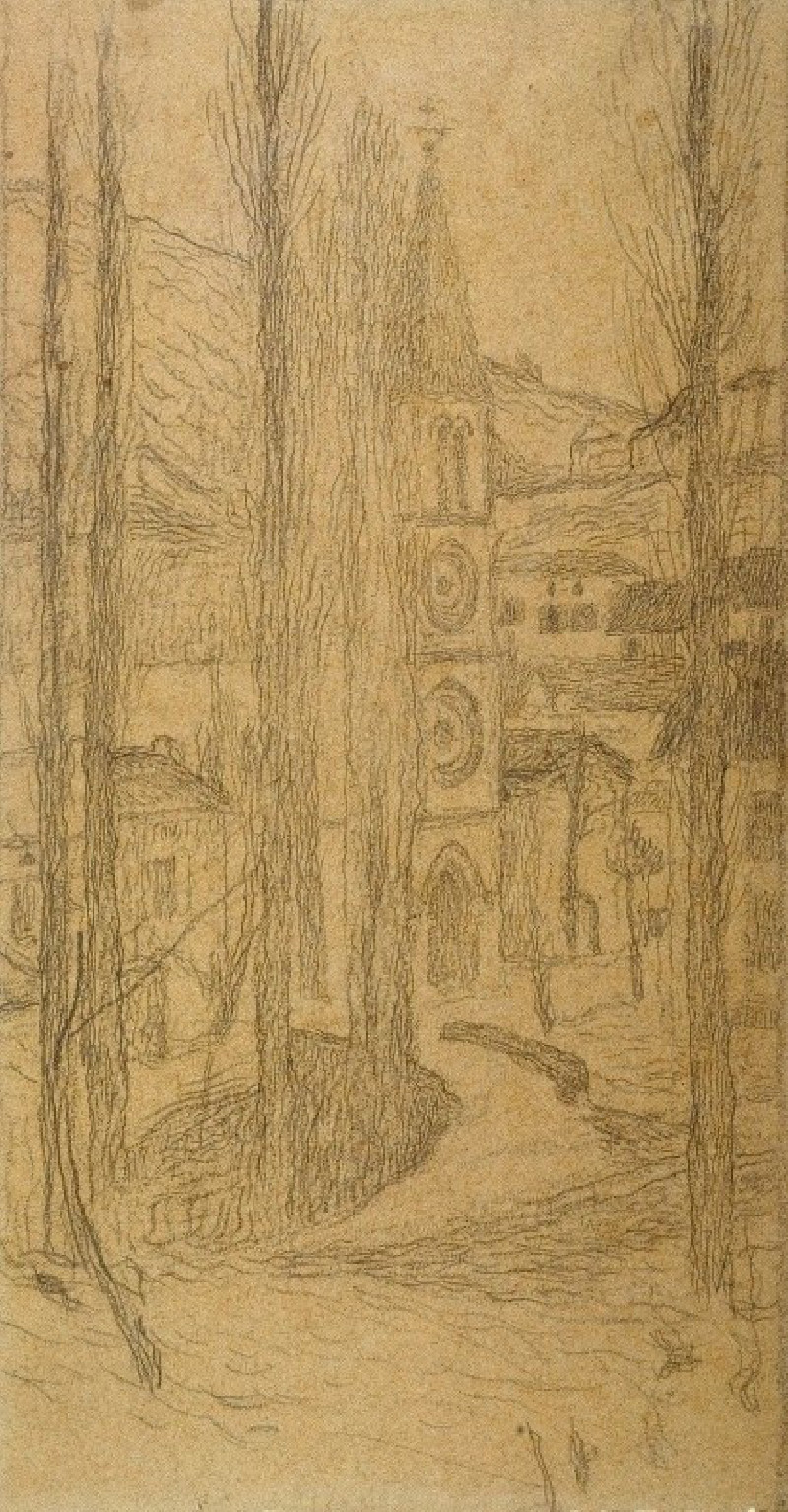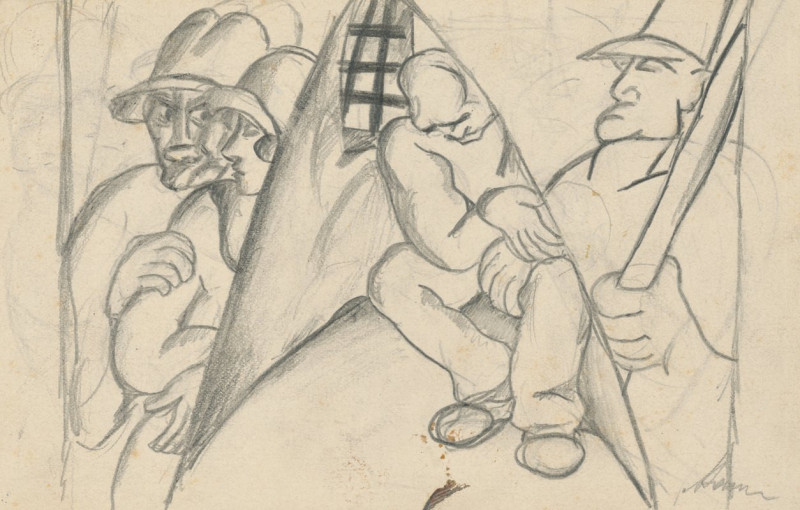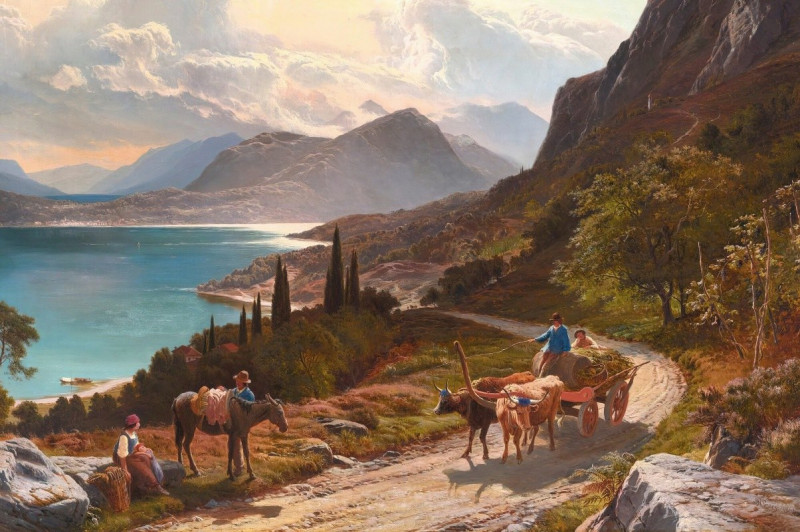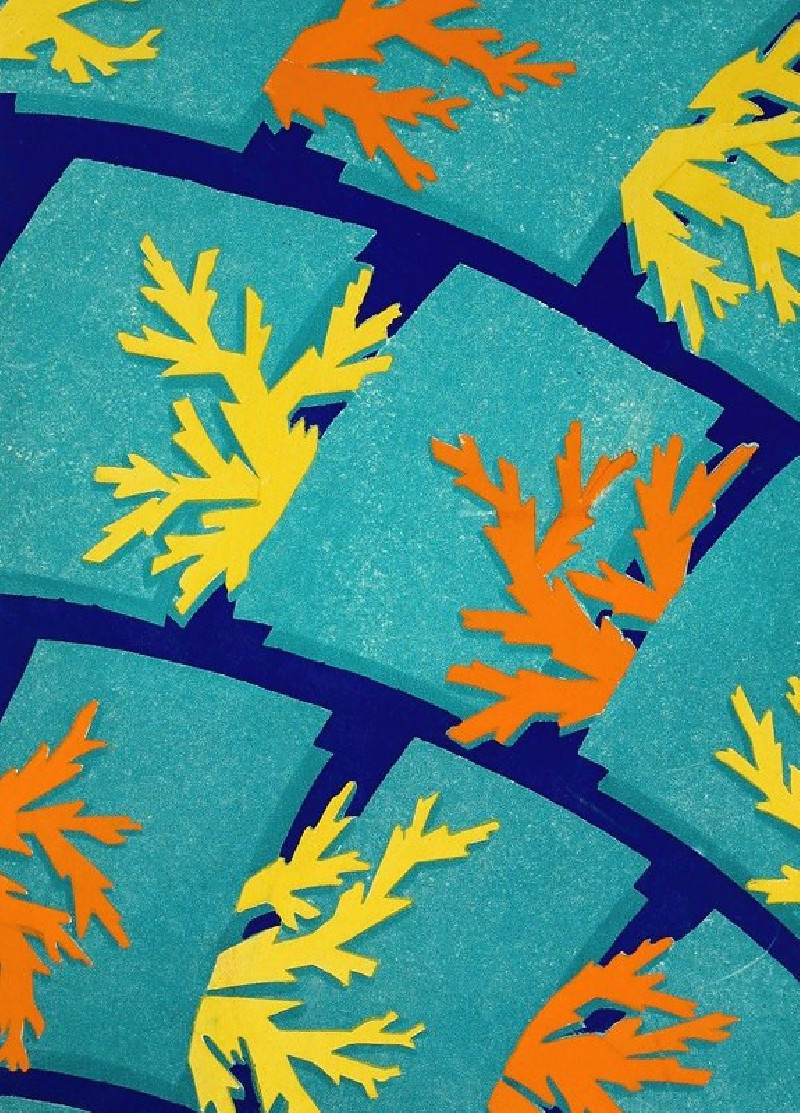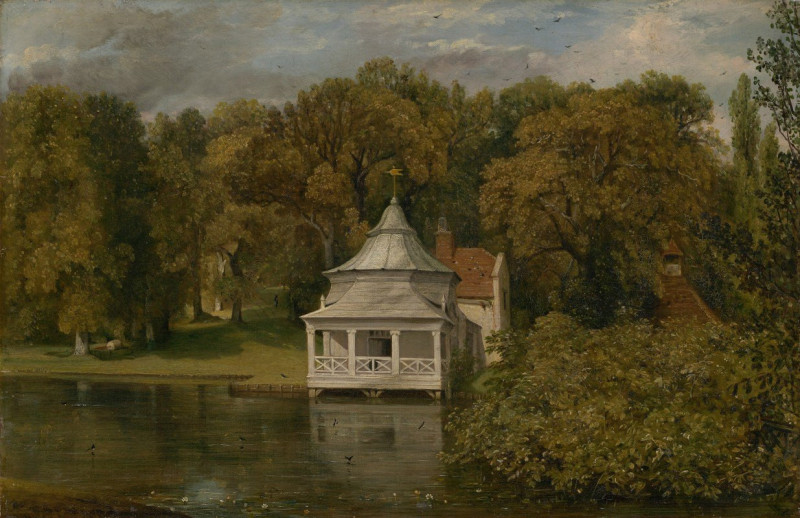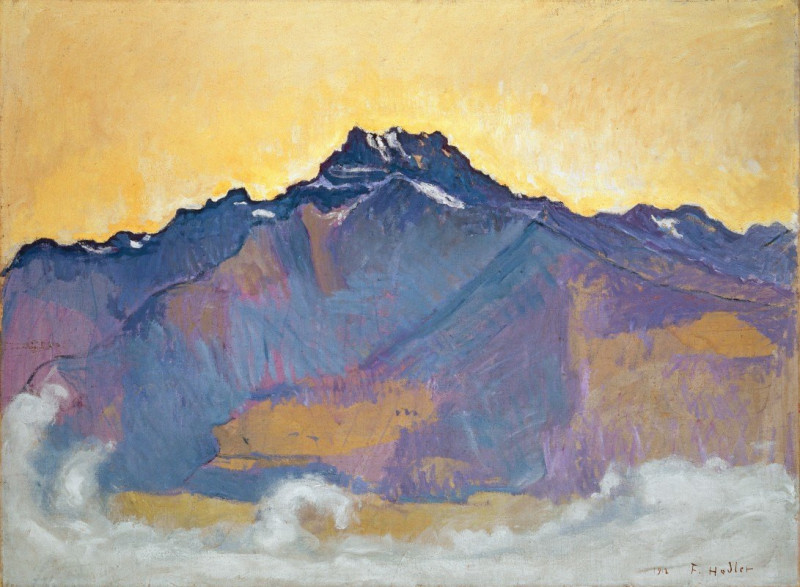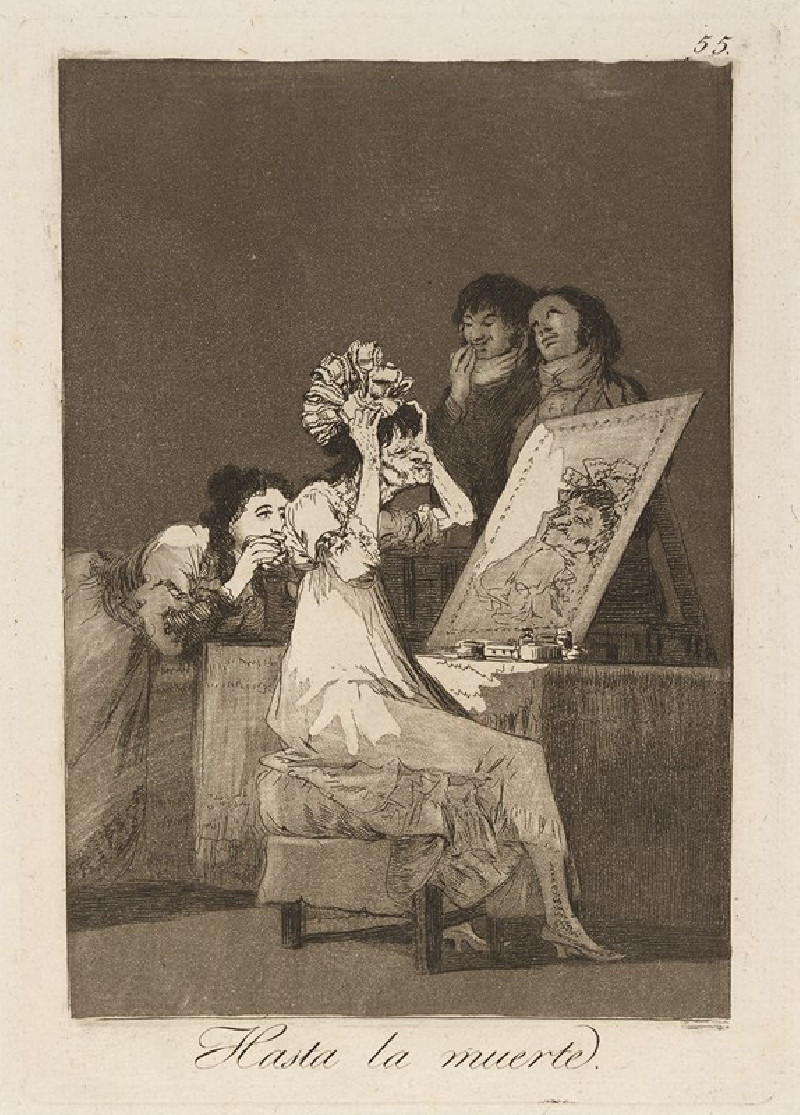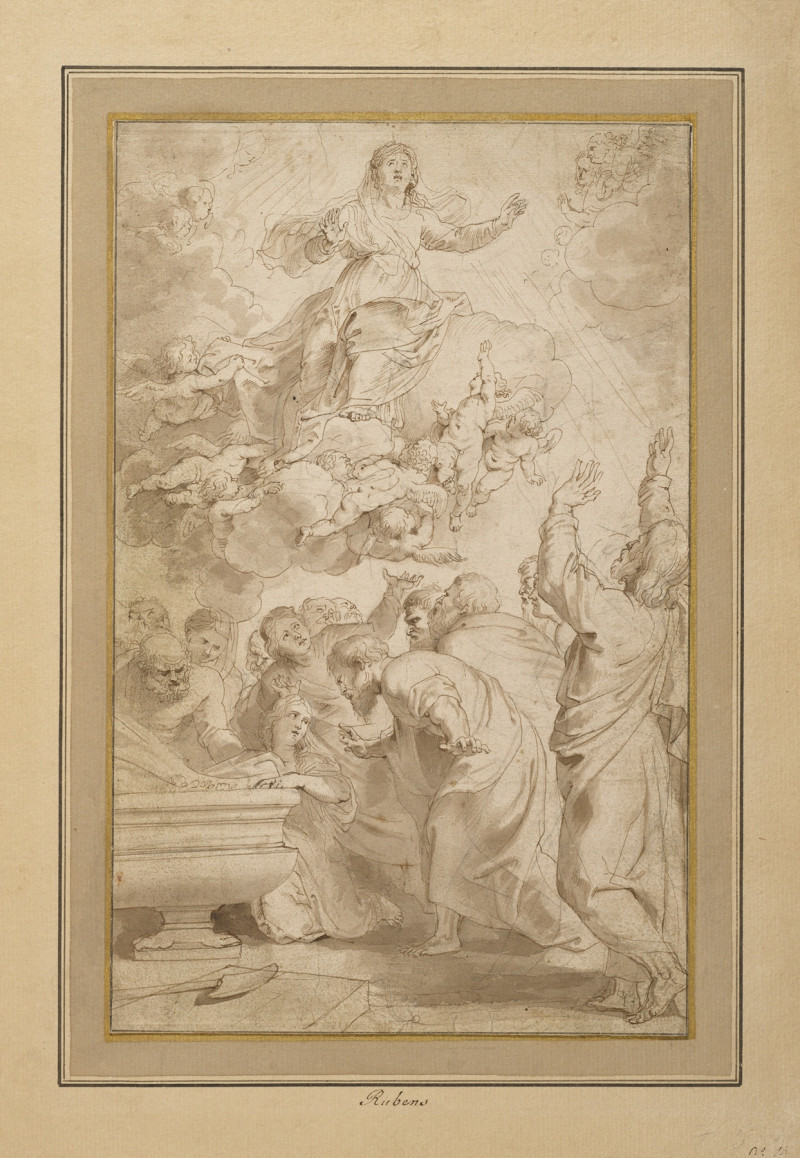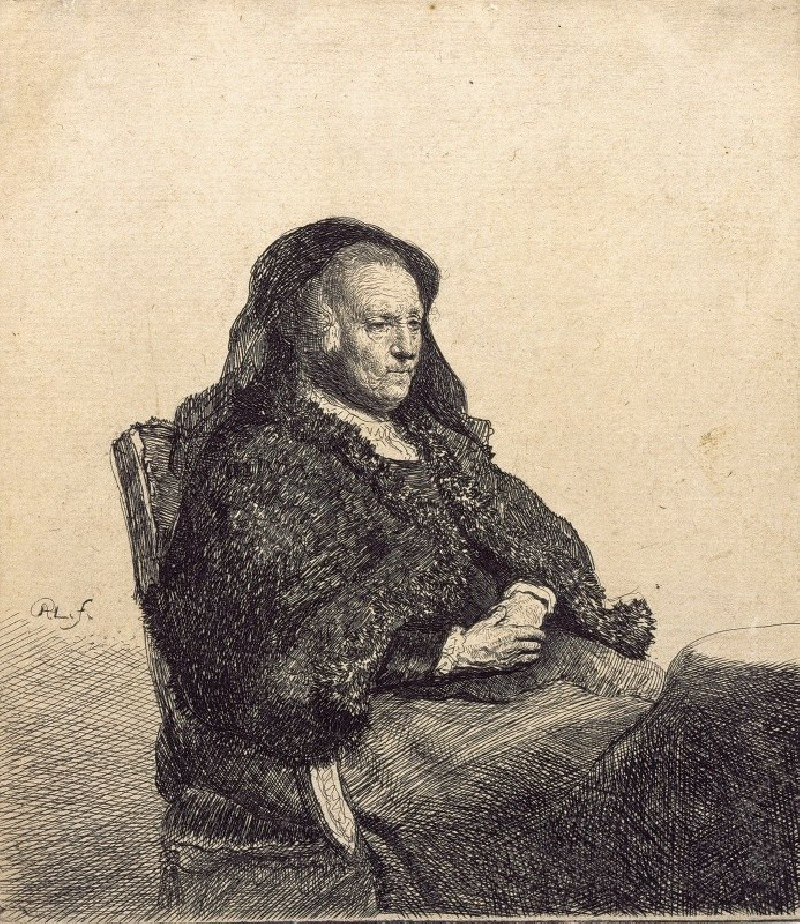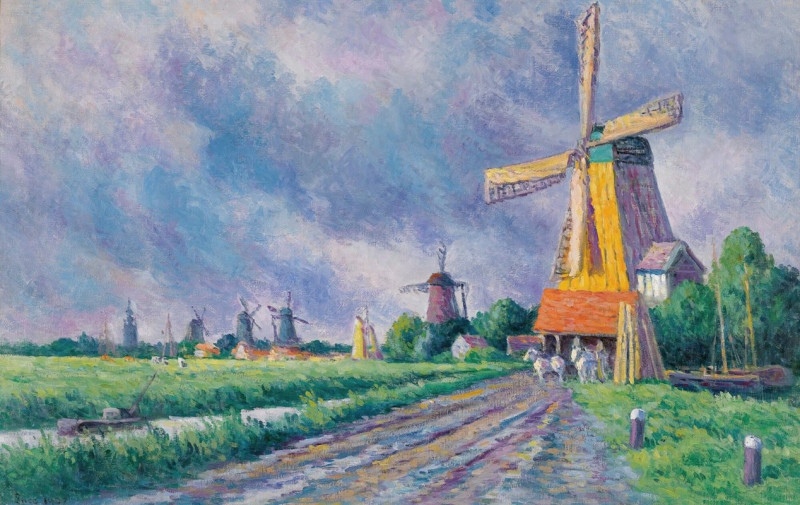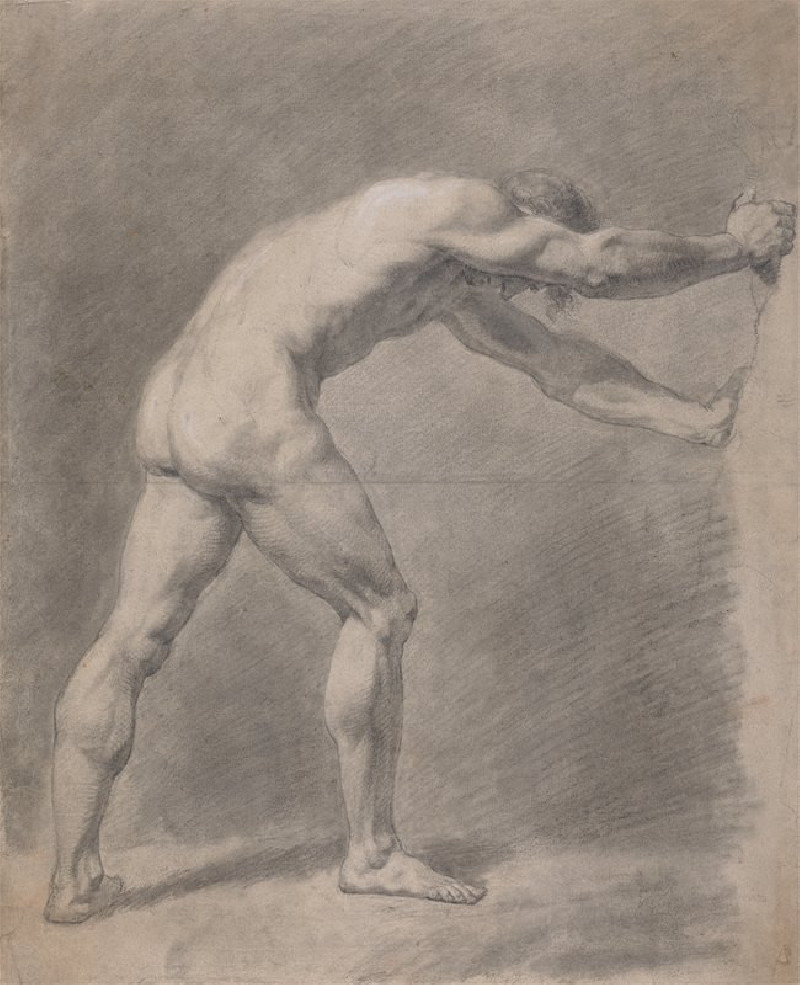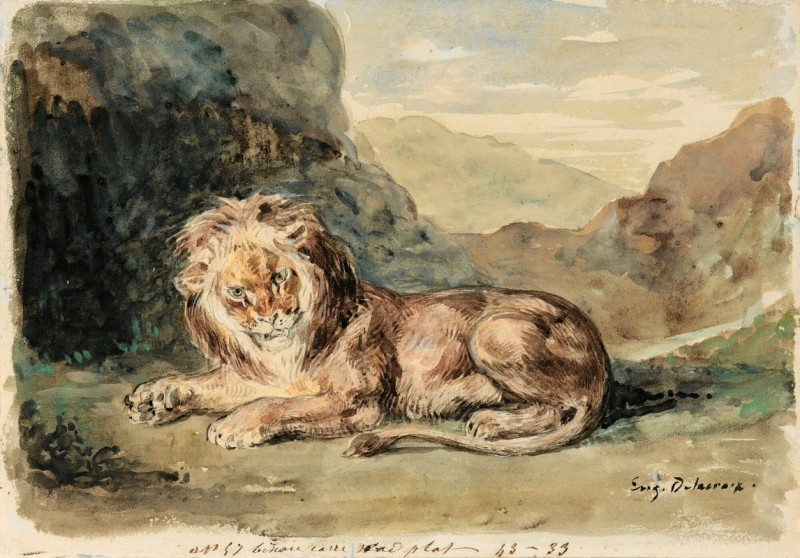The Yellow Christ (1889)
Technique: Giclée quality print
Recommended by our customers
More about this artwork
Paul Gauguin's "The Yellow Christ" (1889) is a striking example of the Symbolist movement in art, which emphasizes the depiction of symbolic meaning through form and color rather than literal representation. This painting features a crucified Jesus Christ, rendered in a distinct, vivid yellow that suggests a transcendental or supernatural presence. The figure of Christ dominates the scene, set against a background that marries the spiritual with the earthly.The backdrop of the painting is a rustic landscape showing the rolling hills of Brittany, France. This scenery is depicted in bold, autumnal colors—reds, oranges, and yellows—that mirror the tones used in the figure of Christ. Interestingly, Gauguin has included contemporary Breton women, dressed in traditional clothing, witnessing the scene. These figures are positioned in the foreground, and their inclusion serves to blend the time of Christ with modern times, suggesting the timeless relevance of the scene depicted.The juxtaposition of a traditional religious subject with a modern landscape and the bold use of color are trademarks of Gauguin’s post-Impressionist style. "The Yellow Christ" reflects Gauguin’s exploration of symbolism and his attempts to express profound spiritual truths through his avant-garde aesthetic.
Delivery
Returns
Eugène Henri Paul Gauguin was a French Post-Impressionist artist. Unappreciated until after his death, Gauguin is now recognized for his experimental use of color and Synthetist style that were distinct from Impressionism. Toward the end of his life, he spent ten years in French Polynesia. The paintings from this time depict people or landscapes from that region.

